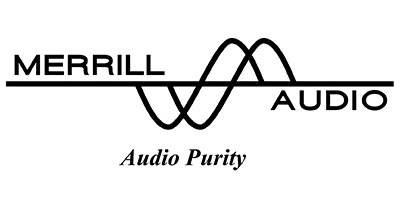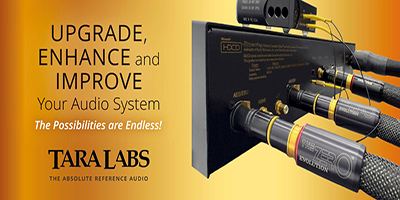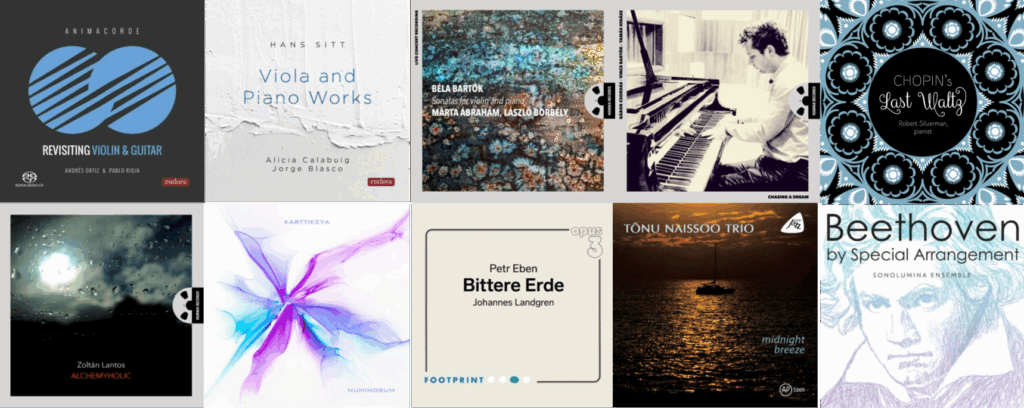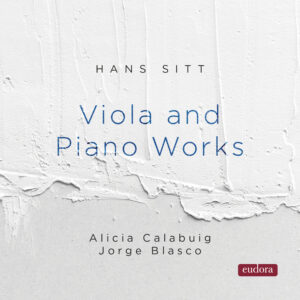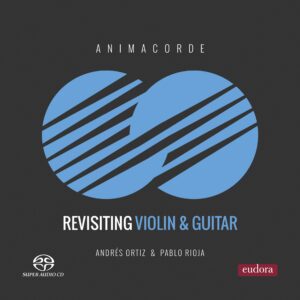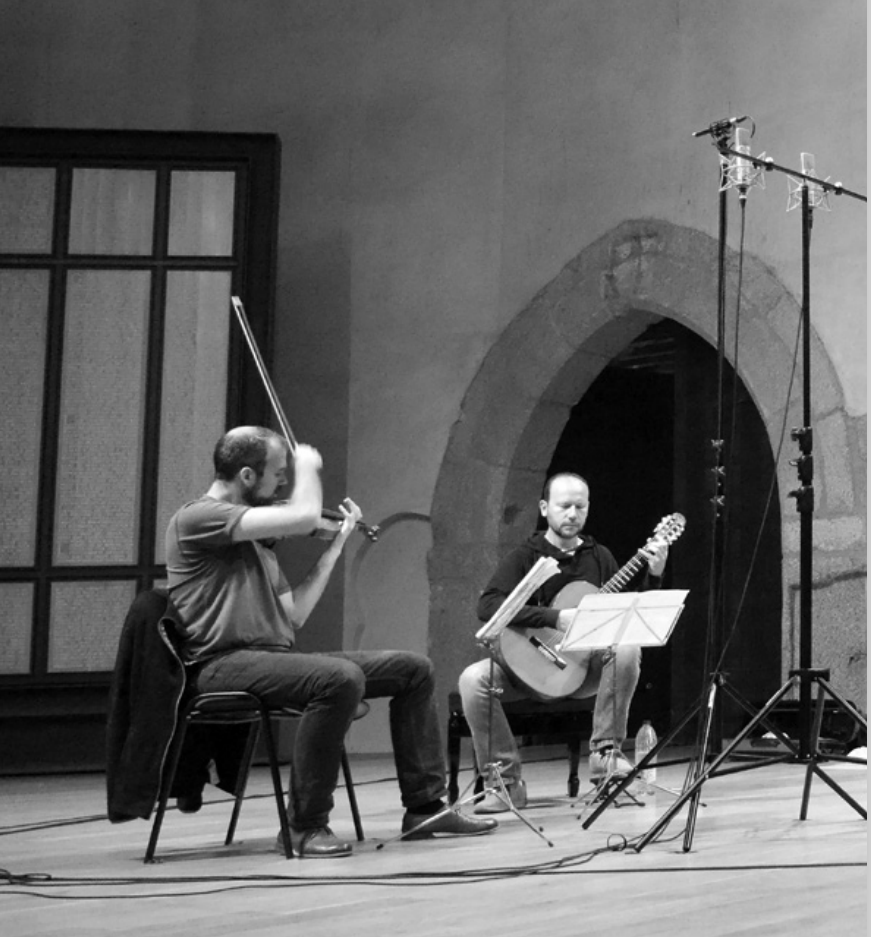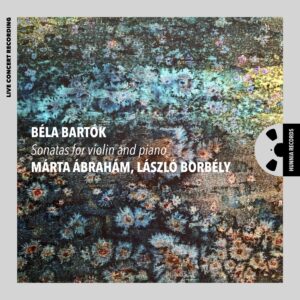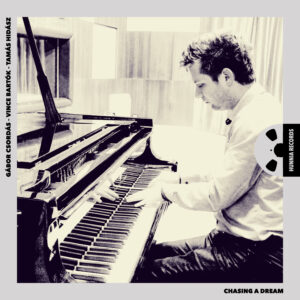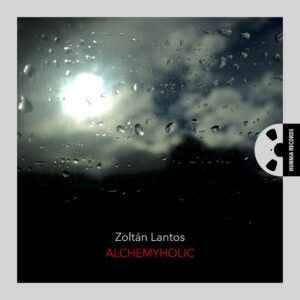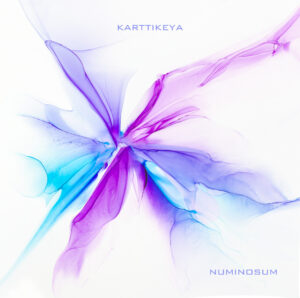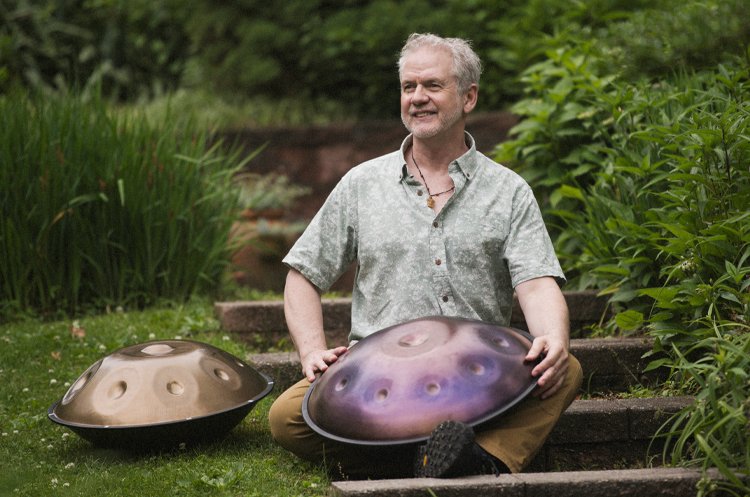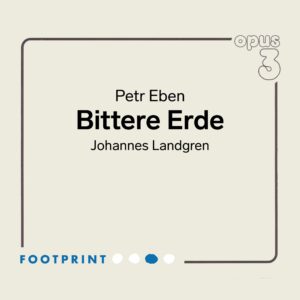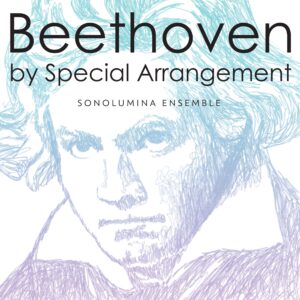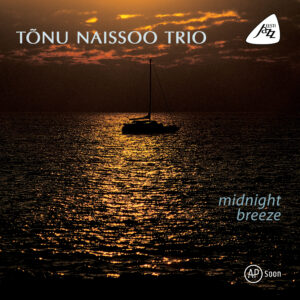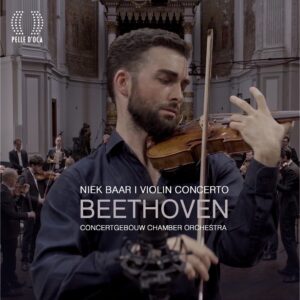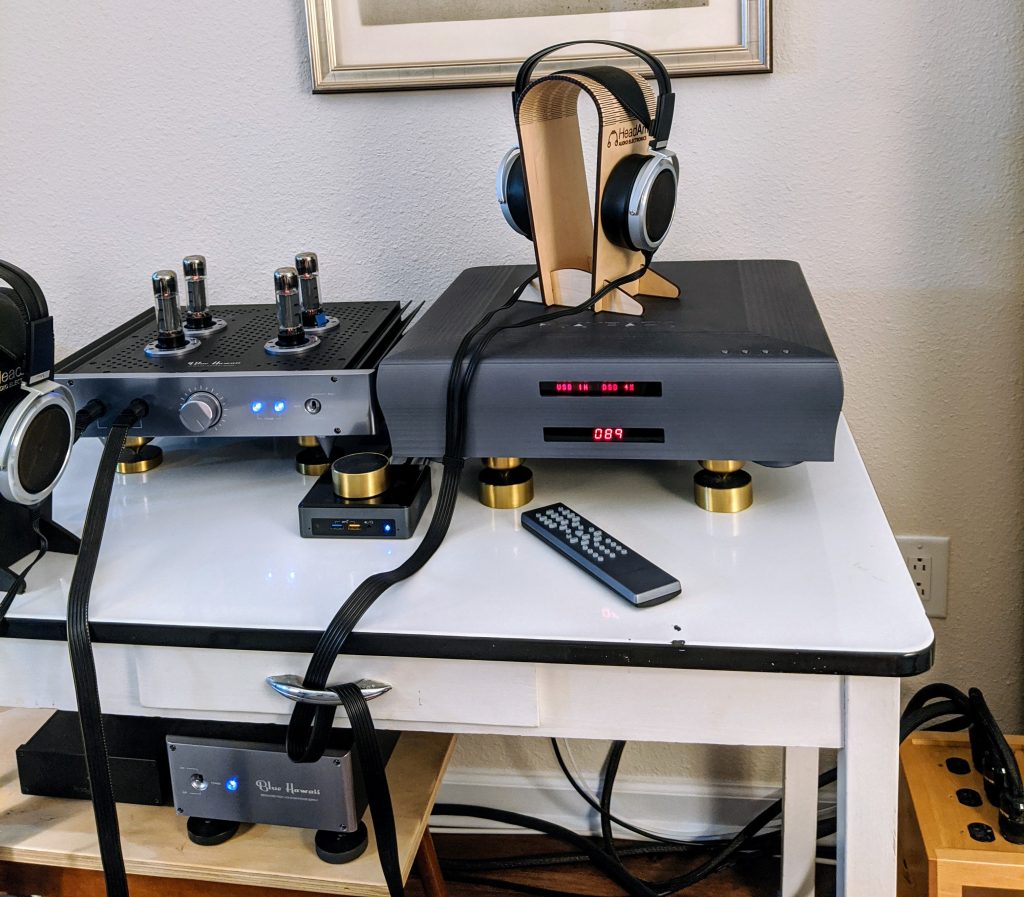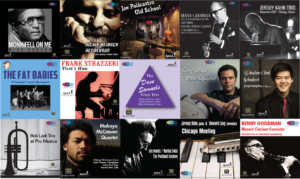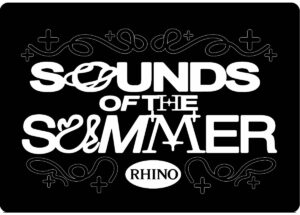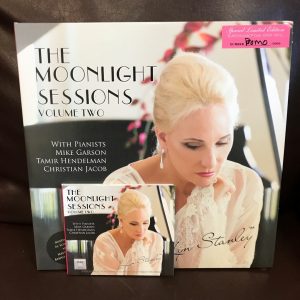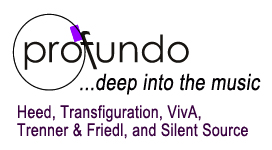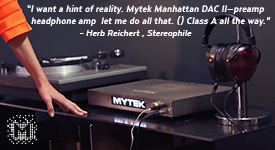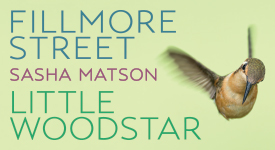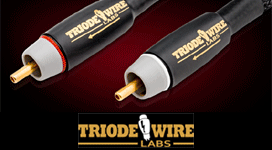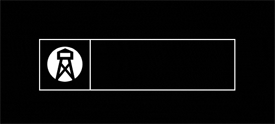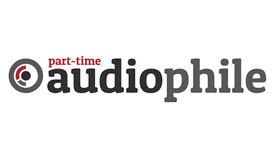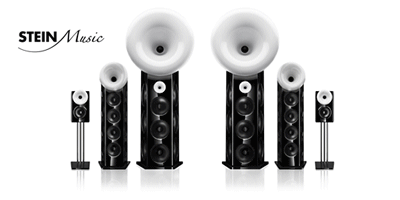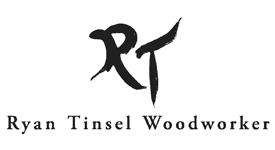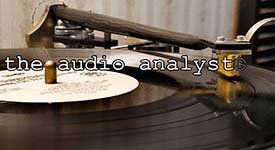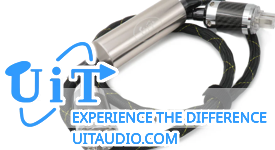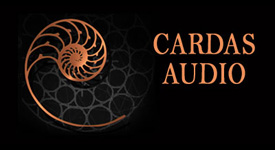For me, a Pure DSD256 recording done well is the height of audio reproduction excellence. Yes, 15ips and 30ips analog tape sound marvelous, but so does Pure DSD256. Play either in its pure state, as in direct from the tape or direct from an excellent D/A converter, without intervening mucking about, and you can hear sound reproduction that takes you straight to the heavens. I've riffed on this before trying to explain, as in my earlier article Pure DSD256 - What We Hear. NativeDSD's recent sale on Pure DSD albums (now passed) prompted me to see what of their catalog I'd not yet heard. And in my digging about, I found some gold I'd somehow missed in earlier explorations. Let me share some of these albums below...
Hans Sitt Viola and Piano Works, Alicia Calabuig, Jorge Blasco. Eudora Records 2023 (Pure DSD256, Stereo, MCh) Edit Master Sourced HERE
There is a gentle beauty to these works by Hans Sitt (1850-1922), a long neglected composer who played a significant role in the transmission of the German tradition of Schumann and Brahms to the 20th Century. Born in Prague, he developed a brilliant career as a violinist and pedagogue, but was especially important to the development of the viola’s repertoire, as evidenced in his main works for viola and piano performed in this album.
Sitt’s music on this album was composed between 1891 and 1919, during his time in Leipzig. As a disciple of the Brahmsian conservative tradition, Sitt's music did not fit within the aesthetic parameters of the German composers who were then on the rise, such as Richard Strauss, Gustav Mahler, Alexander Zemlinsky or Arnold Schönberg. Sitt’s style was considered anachronistic in some avant-garde circles of the time.
Here we have a melodic style, lyrical both in the length of its phrases and the broad pitch range of its register. It is quite close to that of Brahms, rich in counterpoint between the voices of the piano and the viola, but contrary to what we often hear in Brahms, the piano does not eclipse the viola at any time.
Overall, a delightful recital where lyricism reigns supreme, beautifully and lovingly performed by violist Alicia Calabuig and pianist Jorge Blasco.
And the sonics are to die for. Eudora principal and recording engineer Gonzalo Noqué delivers once again the sumptuously natural acoustic sound for which I have come to love his recordings. Rich in detail, redolent in the natural harmonic overtones of the instruments, beautifully balanced between the instruments, and nicely allowing us to hear the full ambience of the acoustic space in which the performances take place while provided utter clarity—this is simply a marvelous album.
Gonzalo records directly to DSD256 and, in the releases available only from NativeDSD, keeps entirely in the DSD (PDM) domain through editing and mixing to the final released Pure DSD256 edit master. If you've invested in your audio system to achieve the greatest transparency possible, you owe it to yourself to listen to these Pure DSD256 Eudora Records albums as downloaded from NativeDSD.
Revisiting Violin and Guitar, Animacorde (Andres Ortiz, violin & Pablo Rioja, guitar). Eudora 2019 (Pure DSD256, Stereo, MCh) Edit Master Sourced HERE
The duo Animacorde delivers as perfectly performed a collection of works for guitar and violin as one might hope to hear. The music is diverse, from Niccolò Paganini (1782-1840) to Mauro Giuliani (1781-1829) to Jacques Ibert (1890-1962) to Ferdinand Rebay (1880-1953) to Anton Abril (1933-2021). The performances are alert, technically pristine, and completely delightful. Ortiz and Rioja perform with complete synergy and mutual respect, complementing each other's elegant and insightful playing. As just one example, the call and response in the Ibert Entr'acte is as superb as imaginable.
As always with recordings by Gonzalo Noqué, the sound quality is very natural, instrument timbre is spot on, and the balance between direct sound off the instruments and ambiance from the surrounding environment is very nicely judged. With just a bit of suspension of disbelief, we have the musicians with us in our listening space at home. Just marvelous.
Gonzalo made this recording in late 2017 (released in 2019), so it is a reasonably early recording. In it, he uses Neumann U89 (Rens Heijnis modified) and Schoeps microphones and captured in DSD256 via a Merging Technologies Horus microphone preamplifier and AD/DA converter. Since this time, Gonzalo's microphones have only improved (Sonodore LDM-54 & RCM-402) for even more transparent sound. I suppose this is our audiophile journey, eh?
The original DSD256 tracking was edited and mixed purely in the DSD (PDM) domain with no PCM and no trip out to analog and back again. This is a Pure DSD release available only via download from NativeDSD. The SACD at DSD64 is not Pure DSD, it was mixed in DXD then converted.
So, listen to this album, it's a great one!
Recording session, Andres Ortiz, violin & Pablo Rioja, guitar, September 29 - October 1, 2017 at Auditorio San Francisco, Ávila, Spain
Bartók Sonatas for Violin and Piano, Márta Ábrahám and László Borbély. Hunnia Records 2024 (Pure DSD256, Stereo) Edit Master Sourced HERE
This album is simply stunning. If you like the music of Bela Bartók, I think you will love this album. If you're not sure you care for his music, or you've really not explored his music, you need to listen to these performances. I think you will become a convert.
Writes László Borbély about these two sonatas in the enclosed booklet: "Béla Bartók's two sonatas for violin and piano are among the most profound and expressive works not only in chamber music but in the history of music. These works are suggestive self-confessions that carry the late romantic spirit of Bartók's music—evidenced by the stunning virtuosity of both instruments—but are also unsurpassably modern and daring. The composer's relentless self-reflection sheds light on the most hidden stirrings of the human soul, universal emotions made palpable through myriad musical gestures."
I wish I could tell you that I have multiple different performance of these works in my music library and how these compare. But I cannot. Though I've heard these many times, my digital cupboard is bare. So, no comparisons. What I will say is that these performances carry with them the flavor and panache of great Bartók performances. They have in them the flavor of Bartók's playful energies, his Hungarian roots, his love of folk music.
Written in 1921 and 1922, these works are well ahead of their time. It is said that the premiere of first sonata in Paris—attended and enthusiastically received by fellow composers Ravel, Stravinsky, Milhaud, and Poulenc—was a sensation. It is sensational today.
The second sonata is strikingly different from the first. It is dominated by a richness of color and an ethereal, impressionistic tone. Debussy leaps to mind in the opening phrases, but then it quickly shows it's indisputable Bartókian character in music Debussy would never compose.
Recorded in ProVibe Park Studios, near Budapest, on October 5, 2024, before an audience of 24 piano students, the sound quality is outstanding.
I asked producer Róbert Zoltán Hunka what was the process followed in creating this Pure DSD256 recording. He said they tracked from the microphones in DSD256, then converted to analog for mixing, and then converted back to DSD256 for the final release file. (No PCM was used at any point in the process.) They used DPA4011 microphones on the piano and violin, a Schoeps Cmc 5U+ Mk2 capsule for ambiance, and the Merging Hapi AD/DA converter. The analog mixing console was the Studer 962, with EQ via a Prism Sound Maselec MEA-2 and effect via a Bricasti Design M7+ M10. All very high quality gear. And they then applied some very astute care in mixing the the tracks and converting to the final DSD256 edit master.
This is an excellent recording with superb sonics. I recommend it most highly!
Chasing A Dream, Gábor Csordás, Tamás Hidász, Vince Bartók. Hunnia Records 2021 (Live-to-Stereo, Pure DSD256, Stereo) Edit Master Sourced HERE
Jazz from pianist and composer Gábor Csordás is always adventuresome and creative, often quite subtle, and delightfully improvisational. This album was the NativeDSD 2022 Album of the Year—Jazz Piano, and deservedly so.
All of the songs were composed by Gábor Csordás. Joined by Vince Bartók on electric bass, Tamás Hidász on drums, and Sándor Tóth on soprano saxophone on track 5, the music is sometimes light and lively, other times moody and lingering, often unexpected with sudden changes in tempo and mood. Overall, the music is has great energy with a constant flow of ideas and exploration of a variety of styles. And, while there is great variety, the album does not come across as disjointed—it is connected throughout by the consistent sensibilities of the Csordas-Bartók-Hidász as they blend together and play off of each other synergistically.
The album is a Pure DSD256 recording made at Hunnia's recording studio near Budpest (with it's wonderful sounding Steinway & Sons Model D grand piano) on September 12-13, 2021, using Merging Technologies' Hapi A/D Converter.
Alchemyholic, Zoltán Lantos and friends. Hunnia Records 2024 (Pure DSD256, Stereo) Edit Master Sourced HERE
Okay, this album is me getting out of my comfort zone of purely acoustic music. I tried this, and then found I was really enjoying it. Very creative, very unusual sound patterns. Writes pianist and composer Zoltán Lantos about the music on this album: "A walk on a narrow path in the forest of interwoven soundscapes exploring what a violin can do with the help of a looper, electronics and some collaborating musical partners."
Zoltán Lantos – 5 String Electric Violin, 5+16 Resonant String Violin, “Tarangini,” Keyboards, Tibetan Bells and Singing Bowls, Electronic Effects
And featuring:
Dorina Takács – Vocals
Áron Tálas – Piano
Iván Nyusztay – Tabla, Kanjira, Morsing, Vocals & Konnakol (a form of vocal percussion in South Indian Carnatic music)
Andrew J – Live Electronics
I really enjoyed the variety of instruments, the changing soundscapes, the interplay of sounds throughout. It is well worth spending some listening time to this very interesting, very well performed and immaculately produced album. And, while there is constant electronic manipulation of sound going on here, the excellent engineering allowed for a transparency that is completely engaging.
Numinosum, Karttikeya. Outer Marker Records 2024 (Pure DSD256, Stereo) Edit Master Sourced HERE
Performed on classical handpan drums and tongue drums, musician, producer, engineer and educator Karttikeya presents an album that is both meditative but playful and thought provoking. It is an album of contradictions, and thoroughly enjoyable as a quiet companion. The handpans Karttikeya plays have an interesting sound, with varied tonalities, depending where and how they are struck. The songs can be melodic or hypnotic; the sounds sharp and crisp, or bell-like with a deep resonance. In equal parts resonant and rhythmic, across 15 tracks we hear clearly Karttikeya’s connection with these unique handcrafted instruments, he works with them as with old friends.
The pristine, utterly clear, sound quality makes this album come alive. If you welcome quietly nuanced resolution of harmonic overtones and rich resonances, this is is a truly special listening experience. Engineers and producers Doug Fearn, Geoff Hazelrigg and George Hazelrigg used of a single pair of Audio Engineering Associates R44C Ribbon Microphones in a Blumlein stereo configuration through a D.W. Fearn VT-2 Vacuum Tube Microphone Preamplifier feeding the inputs of a Merging Technologies Hapi Analog to Digital Converter to be captured directly to stereo DSD256. The signal remained in the DSD domain through the entire recording process and is released in Pure DSD256.
Per Outer Marker: "All tracks were performed live with no overdubs. Some artificial reverb was provided..., and a small amount of equalization was used..." I admit to some confusion from this comment, since the Lexicon 224 reverb is a digital device. But Tom Caulfield graciously explained to me via an email reply to my inquiry that the reverb is a parallel, and not a serial process: "The mixing board is set up during mixing with a stem (an output channel), sending the mixed signal, or individual channels, out to a digital reverb processor (Lexicon/Burcasti etc), then returned in real-time to be analog mixed with the primary channels. It's just another analog source channel, although digitally processed, mixed with the mains." Others may already understand that; for me it was a bit more education.
Karttikeya with handpans.
Bittere Erde, Johannes Landgren. Opus3-Footprint 1992/1994, 2019 (Pure DSD256, Stereo) HERE
Some of you may recall the record label Opus3. Founded in the late 70s by recording engineers Bo Hansson and Jan-Eric Persson, their philosophy was to make recordings of music in acoustic surroundings direct to analog tape. And the results were marvelous recordings that pushed the boundaries of what was possible in making supremely natural sounding acoustic instrument recordings of stunning clarity. I have missed these recordings since my transitional to digital. It is possible to obtain SACDs of some of their catalog, but I hope for DSD256.
Sometime around 2018, Footprint Records acquired the rights to remaster and sell Bo Hansson’s recordings in DSD. Using Bo Hansson's original analog tape recorder (a Telefunken M15) to transfer these recordings to DSD 256 using the Merging Technologies A/D Converters, Footprint released three albums. They are superb transfers from the analog tapes. I don't know why the project has not continued. I can only hope they return to the market with some further releases of these outstanding tapes.
This album contains four works by the "Czech Messiaen" Peter Eben (1929-2007), beginning with his masterpiece for choir and organ, Bittere Erde ("Bitter Earth") (1960). Eben’s score takes its lead from poetry by Jaroslav Seifert written as Czechoslovakia faced its darkest days at the start of World War II. It is a intense work for organ and chorus, performed here with clarity and power.
Following Bittere Erde are three additional works Eben: Two Invocations (1988) for organ and trombone; Due preludi festivi (1990), improvisations honoring Pope Paul’s visit to Prague in 1990, for organ and recitative; Landscapes of Patmos (1984) for organ and percussion.
Regrettably, I can find no information about the organ used in the recording, but I like it's sound very much. As expected of a Bo Hansson recording, the natural acoustic environment of the performance space, the voices, the organ, the various instruments, are all very nicely captured—open, detailed, well balanced, and with a very natural timbre. It is simply a very rewarding listening experience.
Opus3 albums transferred to DSD256 by Footprint and available HERE
Beethoven by Special Arrangement, Sonolumina Ensemble. IsoMike 2021 (Pure DSD256, Stereo, 4Ch) HERE
This is a Ray Kimber (of Kimber Kable) recording for his record label IsoMike using his 4-channel recording process. IsoMike™ ("Isolated Microphones") was an experimental acoustic baffle system designed to address the interference of inter-channel sounds that compromises fidelity. For these 4-channel recordings, the microphones were suspended on four arms, separated by IsoMike baffles. For stereo, only the front microphones are used—no mixing. The recording is made direct to DSD256 with no compression and no limiting. There are three Pure DSD256 recordings available at NativeDSD in this IsoMike series: the Beethoven above, another recording by the Sonolumina Ensemble and a Chopin Waltz's recording by Robert Silberman (which is stunningly good), see below.
This album begins with Beethoven's Piano Trio Op.1, No.1 (arranged here for piano, clarinet, and viola). Composed in 1795, it is the first in a set of three. Beethoven was already well known as a virtuoso pianist in Vienna at that time and his Piano Trios, Opus 1, were intended to introduce him to Viennese musical society as a composer. The style is youthful and the music full of humor in the vein of Joseph Haydn with whom Beethoven was studying at the time.
This work is followed by Beethoven’s Variations on 'Là ci darem la mano’, WoO 28, from the opera Don Giovanni by Mozart, originally composed by Beethoven for two oboes and english horn. The present arrangement for clarinet and piano was made in 1940 by the eminent clarinetist Simeon Bellison. Bellison was Principal Clarinetist of the New York Philharmonic from 1920 to 1948.
The concluding work is Beethoven’s Quintet for Piano and Winds, Opus 16, his answer to Mozart’s popular Quintet for Piano and Winds K452. Beethoven later arranged the work for piano and strings. It is that arrangement that is heard here, but with clarinet in place of the violin. This works very well, allowing for varied color possibilities by combining the textures and colors of both the woodwind and string instrumentations.
Pure DSD256 IsoMike albums available at NativeDSD HERE
Midnight Breeze, Tõnu Naissoo Trio. APSoon Records 2023 (Pure DSD256, Stereo) Edit Master Sourced HERE
I suspect few of you will be familiar with the label, APSoon Records. But you should become so because they are making some very fine Pure DSD256 recordings. I reported glowingly on four of their releases of organ music in a recent article (HERE). And here is a wonderful jazz trio recording filled with very nicely performed standards. The sound quality is superb. The playing is top drawer.
APSoon is an Estonian label. They currently cover music performed by Estonian artists. But don't let that divert you. Their artists are excellent. Their recordings are excellent. And their recording equipment is state-of-the-art for superb sound quality.
The Tõnu Naissoo Trio (composed of Tõnu Naissoo on piano, Taavo Remmel on double bass, and Toomas Rull on drums) are seasoned musicians and performers. Both Remmel and Rull teach music and composition at university level in addition to performing. Naissoo tours worldwide and has composed music for over 50 motion pictures as well as for stage and teleplays.
APSoon says this album is the first album of jazz recorded in Estonia in DSD256. In addition to jazz standards, the album includes arrangements of rock and popular classics (such as the Lennon and McCartney song "Eight Days A Week," the Jagger and Richards "Lady Jane," and kicking off with Pete Townsend's "Behind Blue Eyes"). Coltrane's "Lazy Bird" gets a particularly fine performance somewhere in the middle of the album.
The recording was made in the Tubin Hall of the Eller Music School, Tartu, Estonia. It was recorded live without cuts or edits, and the energy that provides is clearly evident in the music. Fun, lively, extremely well played, and very nicely recorded, this is an album I highly encourage you to audition. Better yet, just buy and download it so you can enjoy the outstanding sound quality in Pure DSD256.
Beethoven Violin Concerto, Niek Baar, Concertgebouw Chamber Orchestra. Pelle D'oca 2025 (Pure DSD256, Stereo) Edit Master Sourced HERE (General release on June 12. Pre-release available now for NativeDSD members.)
I thought I should include this new release from Jared Sacks' new label Pella D'Oca. You can read my extended review of this album and discussion of Pella D'Oca HERE


